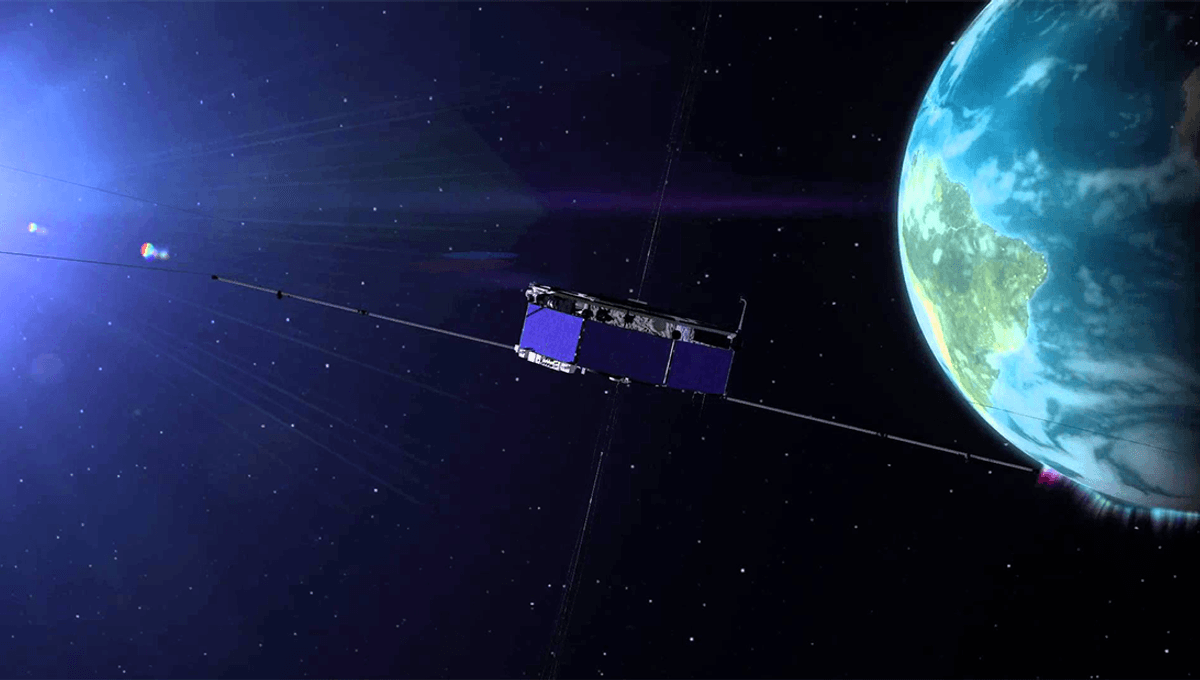
Global Positioning System (GPS) is widespread these days, helping you navigate to your destination, and also revealing when runners may have cheated in marathons by using a car.
Though it requires you to be able to launch many satellites into space, the idea behind GPS is actually pretty simple, at least mathematically. Orbiting 20,200 kilometers (12,550 miles) above the Earth is a constellation of satellites, arranged in a way where you can view at least four satellites from wherever you are on the planet. These satellites contain within them several precise atomic clocks, and broadcast continuously their position, and the time that the signal was sent.
The receiver – be it your sat nav, or a tracker attached to a pack of wolves – does the locating part, with some good old-fashioned math, and a bit of relativity thrown in to add to the fun.
Say you could only see one GPS satellite signal. Knowing the speed of light, and presumptuously presuming that your clock is exactly in sync with the satellite, you can figure out how long the signal took to reach you and an incredibly rough location. Since you know the satellite’s location, and how long the signal took to get to you, you can plot out a large circle. Your elevation plays a part, but we’ll ignore that for simplicity. You now know that you could be anywhere on this circle, which isn’t altogether that useful on its own.
But your sat nav can see more than four satellites at any one time. Getting the same information from a different satellite gives you another circle. When you have two circles that overlap, that tells you you are in one of the two points of overlap. Adding data from a third satellite will add another circle, which will intersect with your true location. However, GPS always uses data from at least four satellites in order to account for receiver clock drift.
So where does Einstein come in? Of course, it’s his theory of relativity.
“As predicted by Einstein’s theory, clocks under the force of gravity run at a slower rate than clocks viewed from a distant region experiencing weaker gravity,” NASA explains. “This means that clocks on Earth observed from orbiting satellites run at a slower rate. To have the high precision needed for GPS, this effect needs to be taken into account or there will be small differences in time that would add up quickly, calculating inaccurate positions.”
So without Einstein or somebody else figuring out relativity in his absence, you wouldn’t be able to know your precise location using GPS.
All “explainer” articles are confirmed by fact checkers to be correct at time of publishing. Text, images, and links may be edited, removed, or added to at a later date to keep information current.
Source Link: Your Sat Nav Does Not Ping Any Satellites, So How Does GPS Actually Work?